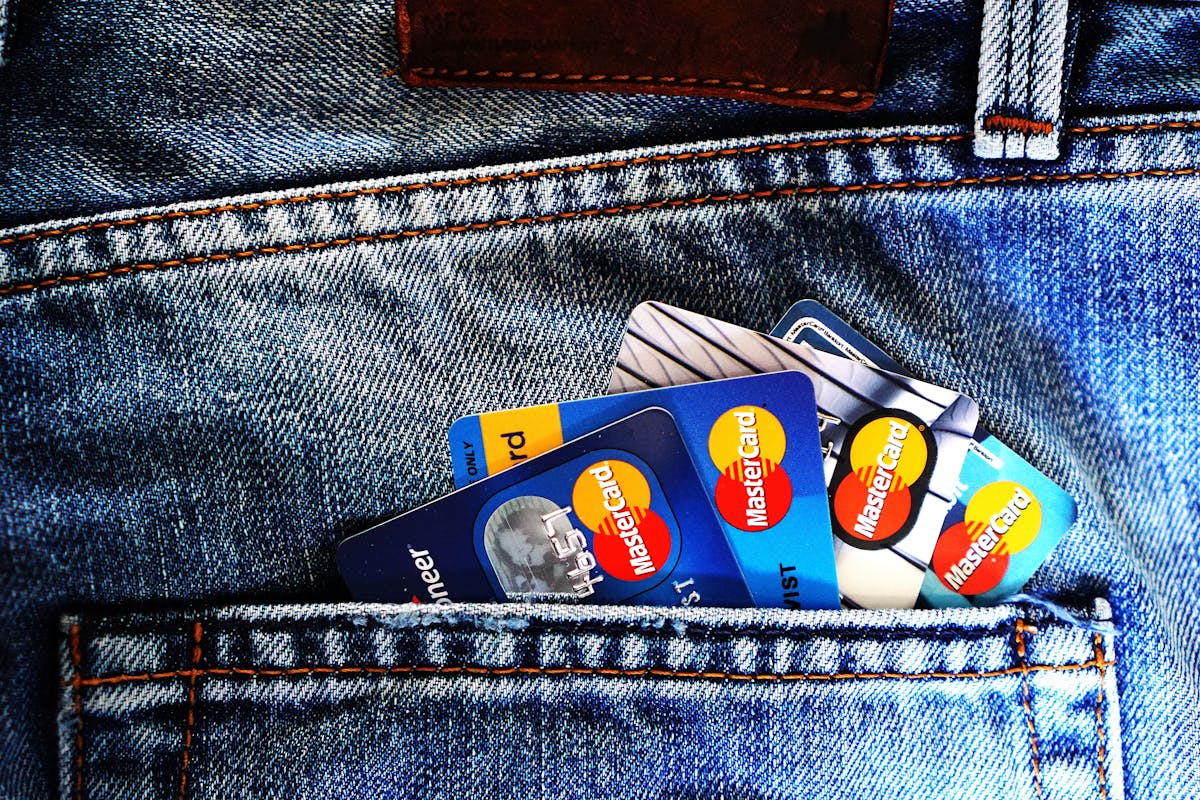In the modern financial landscape, plastic money has become the norm, with credit and debit cards forming the backbone of everyday transactions. While these cards often appear similar in size, design, and usability, they function through distinct mechanisms. Exploring their differences is essential for both financial literacy and informed decision-making.
How Do Debit Cards Work
Debit cards provide a direct connection to your bank account. When you buy something or take out cash from an automated teller machine (ATM), the funds are immediately subtracted from your current account balance. There is no use of borrowed money. For instance, if your checking account holds $500 and you use your debit card to spend $100, you’ll have $400 left accessible for spending.
Key features of debit cards include:
1. Immediate Money Transfer: Transactions are finalized with the available funds. 2. No Borrowing or Credit Enhancement: Since there is no loan involved, users don’t incur interest or experience credit score changes just for using it. 3. Direct Access to Account: Many debit cards provide immediate alerts, simplifying the tracking of expenditures and ensuring account safety. 4. Potential Overdraft: Certain financial institutions offer overdraft options, allowing slight spending beyond the balance, often accompanied by fees. 5. Limited Security Against Fraud: Although debit cards provide some protection, it can be challenging to reverse unauthorized deductions, leaving your personal finances at risk.
Comprehending Credit Cards and How They Work
Credit cards, however, offer individuals the ability to utilize a specified credit line extended by a bank or financial entity. By using a credit card for purchases, you are borrowing funds up to your assigned limit, with the understanding that you will pay it back in the future. The credit card provider settles the payment with the vendor promptly on your behalf.
Key features of credit cards encompass:
1. Postponed Payment: Card members get a monthly overview of all expenditures; the payment deadline comes after a grace period, generally between 21-25 days. 2. Influence on Credit Rating: Regular card use and on-time payments positively affect your credit record, impacting loan qualifications and interest fees. 3. Charges and Penalties: If the entire amount is not settled by the specified date, interest is charged on the remaining balance. Extra charges may be incurred for late settlements and cash withdrawals. 4. Improved Security: In some nations, federal legislation restricts your responsibility for unauthorized charges, and many providers offer zero-liability agreements for transactions made without permission. 5. Advantages and Incentives: Credit cards frequently provide incentives such as cashback, travel points, insurance benefits, and access to special offers.
Real-Life Examples Showcasing the Variations
Think about the situation of reserving a hotel room or hiring a vehicle. Numerous service providers either prefer or demand a credit card to handle any additional expenses or possible damages. Credit cards are preferred in these cases because preauthorization methods temporarily lock a portion of your credit line without actually taking any money from your account. On the other hand, when using a debit card, comparable holds will instantly limit your access to that money.
Another example is online purchases. Credit cards offer robust fraud protection and dispute resolution benefits, making them safer for digital transactions. Debit cards also provide online payment capabilities, but in the event of fraud, immediate withdrawals can lead to temporary cash flow issues during resolution.
Regarding managing daily expenses, debit cards are beneficial for individuals aiming to restrict their expenditures to the balance at hand, thereby reducing the chance of incurring debt. On the other hand, people using credit cards can benefit from cash flow management, emergency fund access, and the ability to establish credit history, assuming they maintain financial self-control.
Analyzing Expenses, Advantages, and Dangers
From a cost perspective, debit cards rarely carry annual fees, though select premium options might. Credit cards, especially those with generous rewards programs, can have substantial annual charges; luxury cards may exceed $500 per annum. Transaction fees vary: debit card ATM usage outside one’s bank network often attracts surcharges, while credit cards might charge foreign transaction fees on international purchases.
Risk factors are distinct. For debit cards, the largest risk is direct loss of personal funds due to theft or unauthorized transactions. Protections, although improved, may mean temporary loss of access to your cash. With credit cards, risks revolve around overspending, accumulating interest-bearing debt, and potential negative credit score impacts from late payments.
Distinctions in Regulation and Customer Protection
Regulatory frameworks often provide more robust consumer protections for credit cards. For instance, in the United States, the Fair Credit Billing Act limits liability for unauthorized charges to $50. Debit card liabilities, governed under the Electronic Fund Transfer Act, may be higher if fraudulent activity is not reported within specific timeframes.
Global variations are significant as well. In certain nations, the prevalence and safeguards for credit cards are very advanced, promoting their usage for both security purposes and incentives. In regions where debit cards are more common, stringent rules and societal perspectives on credit affect people’s transaction choices.
Choosing Between Credit and Debit Cards: Factors to Consider
Decision-making should align with individual financial goals, habits, and needs. Those striving to avoid debt and practice disciplined budgeting may find debit cards more suitable. Users wishing to leverage rewards, enhance cash flow, and build long-term credit histories typically gravitate towards credit cards.
Consider these questions:
1. How crucial is immediate access to your money?2. Can you commit to paying off credit card balances each month?3. Do you find reward programs and purchase protections useful?4. How comfortable are you with handling potential debt?
Understanding the key differences between debit and credit cards allows consumers to handle financial matters with increased assurance. Each card offers specific benefits and drawbacks, influenced by personal goals, regulatory guidelines, and the ongoing development of financial technology. Using these financial tools wisely can result in better financial status and greater prospects in both personal and business settings.




